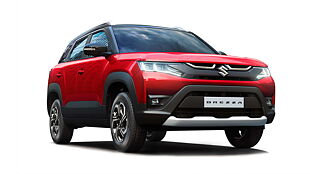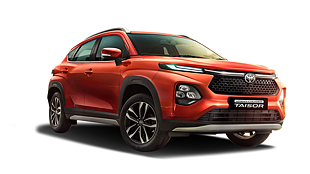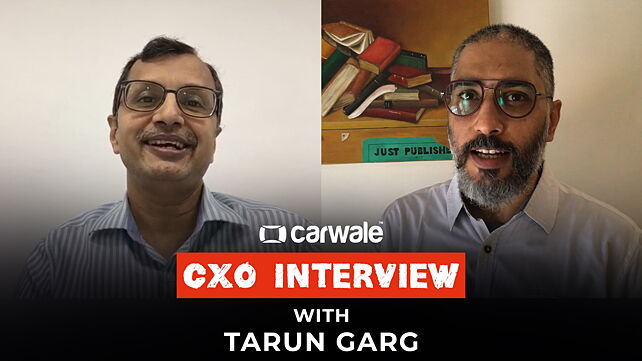
Introduction
We have just had a month with zero car sales. And COVID-19 is showing no signs of retreat. So, what does this really mean for the Indian car industry going forward? Will the consumers come back? And if they do, what will the OEMs and the dealers have to do to convert the fence sitters?
According to Tarun Garg, who is Director - Sales, Marketing, and Service, at Hyundai Motor India, the demand will most certainly come back. And he isn’t saying that just because he is an optimistic individual who also seems of have decades of experience in this market. Garg says the Indian car market is a strong one, which has a history of bouncing back from lows.
Garg: I understand that the customer sentiment is low at this time. But, our market is quite a resilient one, as history has shown. And, so its recovery will be relatively better. Plus, cars are a necessity in our country with the penetration levels being as low as 27 cars per 1000 people. There’s also a vast rural market to consider, which has its own benchmarks of economy that depend on monsoons and a good crop.
And so Garg believes this whole negative scene we are witnessing this quarter will start tapering off. And come February-March next year, the car market should be at similar levels as last year.

Empathy will be key
But, it won’t happen organically. Now Garg didn’t say this, but it stands to logic that OEMs will have to dole out some enticing schemes to draw the buyer back into their folds. This apart, OEMs will also have to work on digitalisation and offer newer, exciting technologies. And, of course, new model launches will be key as well. Says Garg, “What we have seen is that nothing excites and engages a customer more than new models and new technologies.”
But that’s not all…
Garg: OEMs will have to give more and more value to the customer. They will also have to communicate with the customer in a more empathetic way, and better understand his or her needs. They would need to act more local and focus more on customised solutions. Every customer will have to be treated as unique or one separate identity rather than dishing out a generic solution which is applicable to all.
However, the OEM alone can’t make a difference. It will all boil down to the dealerships. The dealers are, after all, the real custodians of the customer. And they will need to adapt to the new, post COVID-19 customer needs.
Garg: Dealers are the ones who own the customers. They will have to give customers a very good service experience to begin with. They will have to offer more and more customised solutions to the customers. For instance, they might need to open their workshops for longer hours; they might need to offer payment options that are more to the customers liking; and even offer more finance options that are better suited to the customers need.

Customer centricity
As for customer needs post COVID-19, Garg believes car buyers and owners will demand as little physical contact as necessary. More number of digital solutions both for car buying and getting cars serviced will be important. He believes contact-free service, which includes car pick-up and drop from home with best possible sanitisation, will gain importance. And, customers will want more options when it comes to online payments.
Garg: Besides these digital solutions, the customers going forward will also want the dealers to give them more options, especially when it comes to financing. Different customers could have different kind of needs. Some may want a low EMI scheme; others might want a low down-payment option. And then some may even want a step-up scheme.
But most of all, says Garg, the customer will want empathy and understanding of his or her needs. Then it depends on the OEM and the dealers to ensure those expectations are met. And only if met, will the customer develop trust in the dealership and with it, in the OEM. And it is this trust, especially in these trying times that will guarantee the return of sales. Garg adds, “Then sky is the limit and there’s no looking back, and the OEMs can come back to original sales levels as well.

![Hyundai Venue [2019-2022] Image Hyundai Venue [2019-2022] Image](https://imgd.aeplcdn.com/272x153/n/cw/ec/35455/venue-exterior-right-front-three-quarter-2.jpeg?q=80)
![Hyundai Creta [2020-2023] Image Hyundai Creta [2020-2023] Image](https://imgd.aeplcdn.com/272x153/n/cw/ec/41564/hyundai-creta-right-front-three-quarter9.jpeg?q=80)
![Hyundai Grand i10 Nios [2019-2023] Image Hyundai Grand i10 Nios [2019-2023] Image](https://imgd.aeplcdn.com/272x153/n/cw/ec/35465/grand-i10-nios-exterior-right-front-three-quarter-2.jpeg?q=80)
![Hyundai Aura [2020-2023] Image Hyundai Aura [2020-2023] Image](https://imgd.aeplcdn.com/272x153/n/cw/ec/41652/aura-exterior-right-front-three-quarter-54.jpeg?q=80)
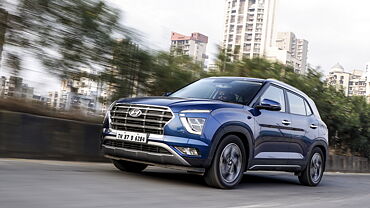
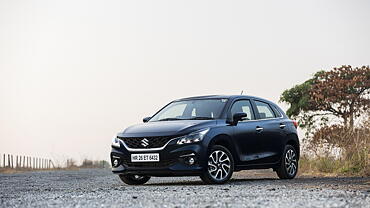










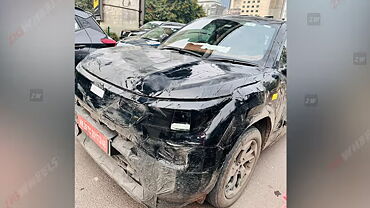
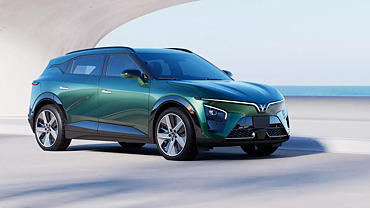
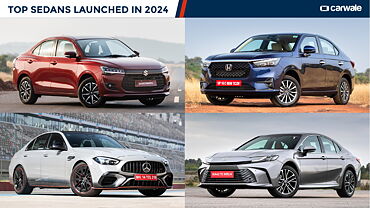
![Hyundai Venue [2019-2022] Right Front Three Quarter Hyundai Venue [2019-2022] Right Front Three Quarter](https://imgd.aeplcdn.com/199x112/n/cw/ec/35455/venue-exterior-right-front-three-quarter-2.jpeg?q=80)
![Hyundai Venue [2019-2022] Right Front Three Quarter Hyundai Venue [2019-2022] Right Front Three Quarter](https://imgd.aeplcdn.com/199x112/n/cw/ec/35455/venue-exterior-right-front-three-quarter.jpeg?q=80)
![Hyundai Venue [2019-2022] Right Side View Hyundai Venue [2019-2022] Right Side View](https://imgd.aeplcdn.com/199x112/n/cw/ec/35455/venue-exterior-right-side-view.jpeg?q=80)
![Hyundai Venue [2019-2022] Dashboard Hyundai Venue [2019-2022] Dashboard](https://imgd.aeplcdn.com/199x112/n/cw/ec/35455/venue-interior-dashboard.jpeg?q=80)
![Hyundai Venue [2019-2022] Steering Wheel Hyundai Venue [2019-2022] Steering Wheel](https://imgd.aeplcdn.com/468x263/n/cw/ec/35455/venue-interior-steering-wheel.jpeg?q=80)







